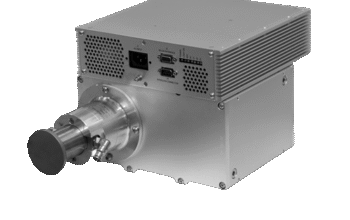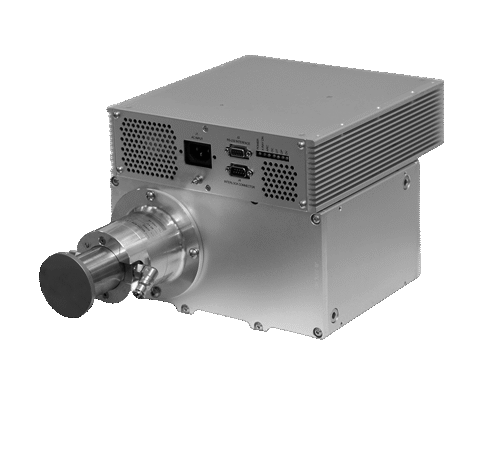Legionella testing provides an essential tool in the maintenance of safe water systems. Therefore, it is important to understand legionella testing, its necessity, and how to conduct it properly. Legionella is a type of bacteria that can cause serious illness when it contaminates drinking water or enters other water systems inhaled by individuals. People can become ill if exposed to legionella-contaminated water or aerosolized droplets from these sources.
What Are Legionella Tests?
Legionella testing is an essential process that helps identify the presence of bacteria that cause Legionnaires’ disease. It is a severe form of pneumonia caused by inhaling mist or vapours containing Legionella bacteria. Different legionella tests are available depending on the type of water system being tested. These tests include culture-based and molecular methods such as polymerase chain reaction.
What Are They Used For?
Legionella testing is an essential tool when it comes to ensuring the safety and health of a building’s occupants. Legionella bacteria are responsible for causing Legionnaires’ disease, a severe form of pneumonia that can be fatal in some cases.
Legionella testing involves analyzing water samples from different sources within a building to check for the presence of the bacteria. These sources could include cooling towers, hot water systems, spa pools, or decorative fountains.
Why Do I Need A Legionella Test?
This bacterium can cause severe respiratory infections, including a potentially fatal form of pneumonia known as Legionnaires’ disease. There are several reasons why you should consider Legionella testing for your facilities.
- It is a legal requirement in many countries to conduct regular testing to ensure the safety of employees and customers. Failure to comply with these regulations can result in significant fines and legal consequences.
- Conducting regular Legionella tests can help identify potential risks early on, allowing you to take necessary precautions before an outbreak occurs.
What Happens During A Legionella Test?
Which can cause serious illnesses such as Legionnaires’ disease. So, what happens during a Legionella test?
- Taking samples from various parts of the water system, including taps, showers, and cooling towers. These samples are collected using specialized equipment by trained professionals who follow strict guidelines to avoid contamination.
- Microbiologists will culture the samples on specific media designed to encourage the growth of any Legionella bacteria that may be present.
Will I Need To Do Anything To Prepare For The Test?
The good news is that preparing for legionella testing is relatively simple and straightforward.
- Make sure that all water outlets in your building are working correctly and are not blocked or damaged. This includes showers, taps, hoses, and other types of fixtures. You should also remove any debris from the system and flush it out with hot water.
- Inform everyone who uses the building’s water supply about the upcoming test. It is vital to let people know what will happen so they can plan accordingly.
- Make sure that all necessary documents are available for the testing team when they arrive at your premises.
Conclusion
Legionella testing is an essential tool for protecting public health. It helps identify the presence of Legionella bacteria and can be used to develop effective preventative measures. Therefore, testing should be conducted regularly to identify potential risks and maintain healthy and safe water environments.










